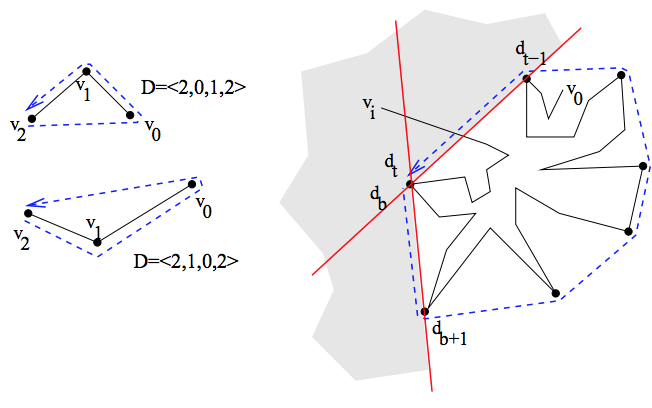This is a pretty easy question to ask, but haven't seen it anywhere.
Suppose I have some continuous path $X$ in $\mathbb{R}^n$ and I want to get the convex hull of $X$, $\operatorname{co}(X)$.
Is it enough to consider only pairwise convex combinations of points in $X$ to generate $\operatorname{co}(X)$? I.e.,
$$\left(\forall z\in \operatorname{co}\left(X\right) \right) \left(\exists\lambda \in \left[0,1\right] \land x_{0},x_{1}\in X \right) \left(z=\lambda x_{0}+(1-\lambda)x_{1} \right)$$
Also, if this is true, is it generalizable to more general topological spaces? Thanks!

